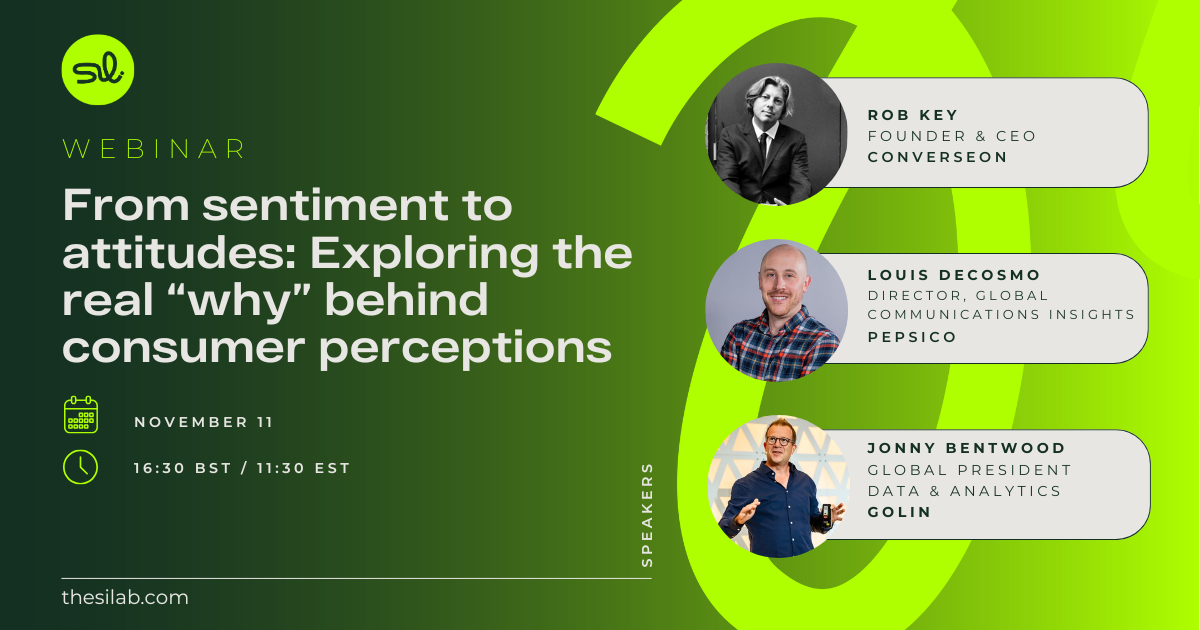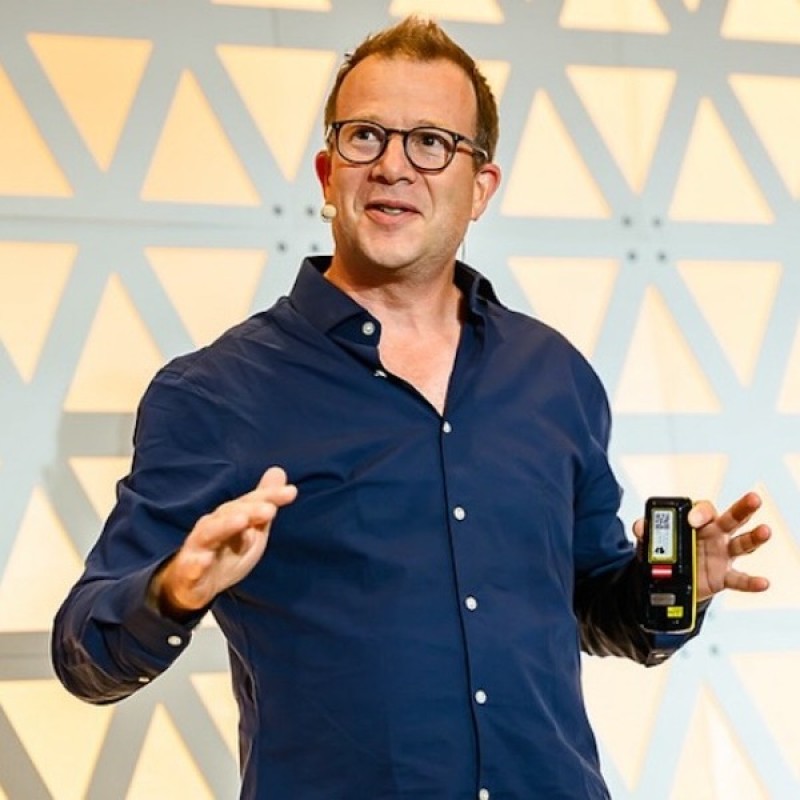
Scaling social media intelligence part 1: Extending capabilities across the business
MasterCard. The Coca-Cola Company. Unilever. McDonald's. These large multinational companies often speak at industry events about how they not only distill intelligence and insight from social chatter for multiple organization functions (like market research, analytics, media, R&D, PR and other teams), they do it in multiple global markets. In short, they have maximized the potential of social media intelligence across the organization and across the globe.
It is always exciting for client-side social media intelligence professionals to hear about breaking out of organizational or geographical silos to expand the impact of social media intelligence, and even their own role. The good news is that moving social out of geographical or department silos is not limited to just the largest companies. Lessons can be learned from these folks, which allow success for just about any with a global reach.
For this article, I will provide guidance on scaling social media intelligence across the business by breaking out of department silos. In a subsequent article, I will cover scaling social media intelligence globally.
Business functions like market research & analytics, communications, marketing, media, HR, business/competitive intelligence or R&D/product development all have different business needs. Assuming that you are having success with providing social media intelligence for an organization, either as part of/serving a standalone team or embedded/serving within a business function, how do you begin the process of extending your success to address different functions’ needs?
Start by ‘trying on the hat’ for each business function by reading industry articles from their domain, obtaining reports/outputs from their work and having lunch with colleagues from the function to brainstorm ideas.

How do you begin the process of extending your success to address different functions' needs?
As you do this, you can consider:
Do you speak their ‘lingo’?
Different functions will each have their own industry lingo. The more you speak it, the more you can build their trust. For example, market research folks will appreciate the framing of social media chatter as the ‘voice of the consumer’ for which you can provide both quantitative and qualitative analysis. You will also want to be able to address questions around representativeness of the data and even ‘sample size’. PR folks will be particularly interested in talk of reach, influence, and reputation, including tone and sentiment.
Can you augment their existing approaches and methodologies?
Each function will have existing methodologies and approaches which they would love to strengthen with social media data. For example, for market research tracking surveys. Before their launch, social media data can inform the (re)design of the survey by identifying ‘unknown unknown’ topics that could be included as well as consumer language. Social media intelligence can also ‘fill in the gaps’ between trackers that often only run every six months or every year. Or, a social media analysis could be run at the same time as a tracker to provide additional quantitative perspective and qualitative depth.
Can you deliver at the right level of depth, format and frequency?
Social chatter can be structured at many different levels; it can be delivered as clean data, information, intelligence, or insight that can tell you the ‘what,’ ‘why,’ the ‘so what’ and the ‘now what’? For example, some functions, such as analytics teams, may just want an Excel data dump of mentions or sentiment that they can integrate into other data sets. The CEO office, however, may want a one-page executive summary, with an emphasis on the business implications. Knowing where your functions are on these spectrums can help you assess the format and frequency (Tableau dashboard with ‘real time’ updates? A 50-slide ‘story filled’ PPT?).
Do you have (access to the) right resources?
The extent of function domain knowledge, technical capability and consultative capability all represent very different skill sets. It’s unlikely you will have everything you need, but that’s not a showstopper. It may mean you need to develop a collaborative approach with your internal clients and/or work with agencies to fill in your resource gaps.
In considering the above, what you are doing is looking at how to structure, package and present social media chatter so that you are answering the right question in the right way at the right depth, in the right format and frequency for each business unit. Truth be told, to be able to do this for one additional business function, not to mention for multiple business functions, will be challenging. It is, in fact, the beginning of establishing a social media intelligence Center of Excellence. While going down this road won’t be easy, and it won’t be quick, the benefit of extracting more value from the social media intelligence assets that you have already built can be a great thing for the company as well as for your career.
Sam Flemming is Managing Director of North America for Convosphere, which provides social listening, multilingual social media monitoring and social media analytics across all social listening tools, social platforms, channels and geographies. Previous to Convosphere, in 2004, Sam founded CIC, the first social listening firm in China which was later acquired by Kantar. Sam has worked with the world’s largest brands, including developing social media centers of excellence in China for L’Oréal, Coca-Cola, Dell and Danone among others.
This interview was recorded via LinkedIn Live, if you prefer to view on LinkedIn, click the button below.
View InterviewSee related content
.png)








